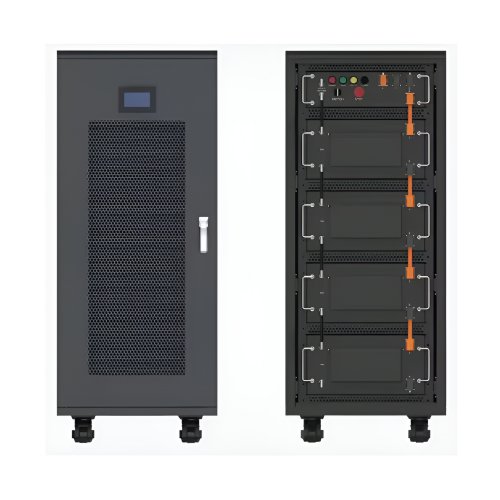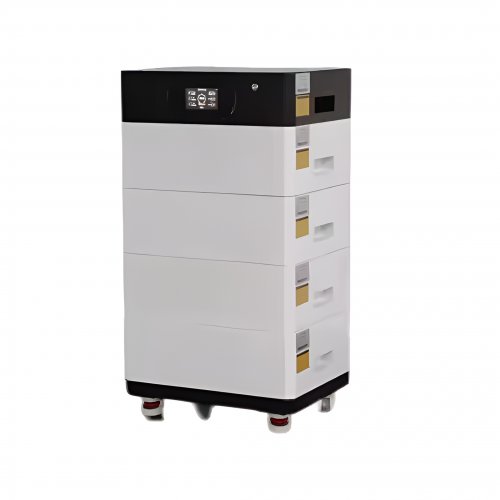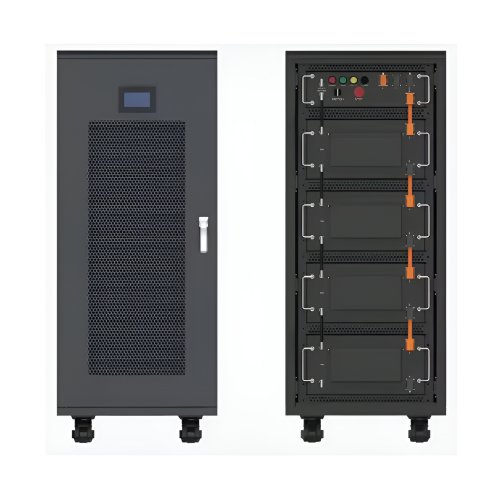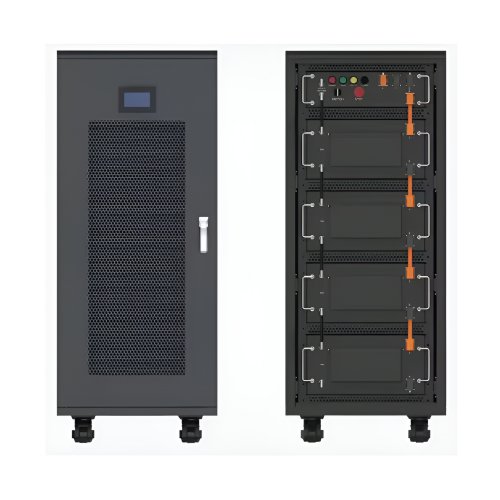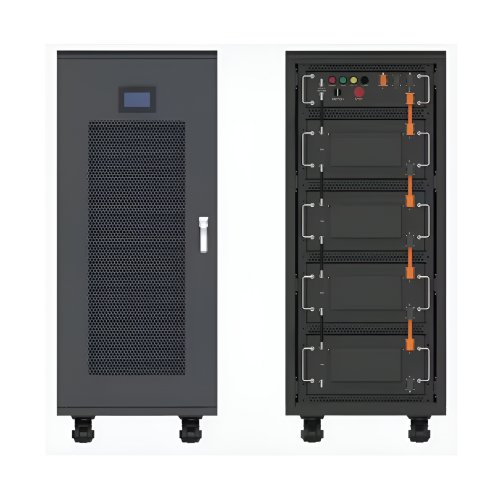Advances In Electrode Optimization: Cutting-edge Strategies For Enhanced Performance And Sustainability
Electrode optimization is a cornerstone of modern electrochemical technologies, influencing applications ranging from energy storage (e.g., batteries, supercapacitors) to biomedical devices and environmental sensing. Recent advancements in materials science, computational modeling, and fabrication techniques have revolutionized electrode design, enabling unprecedented performance metrics. This article highlights key breakthroughs in electrode optimization, discusses emerging technologies, and outlines future directions for research and industrial applications.
1. High-Entropy Alloys (HEAs) for Stability and Conductivity High-entropy alloys (HEAs) have emerged as promising electrode materials due to their exceptional mechanical stability, corrosion resistance, and tunable electronic properties. A 2023 study by Zhang et al. demonstrated that HEAs with multi-principal elements (e.g., FeCoNiMnCr) exhibit superior catalytic activity for oxygen evolution reactions (OER) in water splitting, outperforming traditional noble-metal catalysts (Zhang et al.,Nature Energy, 2023). The configurational entropy of HEAs mitigates phase segregation, ensuring long-term durability under harsh electrochemical conditions.
3. Biomimetic and Porous Architectures Nature-inspired electrode designs, such as hierarchical porous structures mimicking plant vasculature, have improved mass transport and active site accessibility. For instance, 3D-printed graphene aerogels with tunable porosity demonstrated a 300% improvement in charge/discharge rates for sodium-ion batteries (Chen et al.,Science Advances, 2023). Similarly, metal-organic frameworks (MOFs) derived carbons with ultrahigh surface areas (>3000 m²/g) are being explored for high-energy-density supercapacitors.
References (Selected)
This article underscores the dynamic progress in electrode optimization, paving the way for next-generation electrochemical devices.
Customized/OEM/ODM Service
HomSolar Supports Lifepo4 battery pack customization/OEM/ODM service, welcome to contact us and tell us your needs.


HomSolar: Your One-stop LiFePO4 Battery Pack & ESS Solution Manufacturer
Our line of LiFePO4 (LFP) batteries offer a solution to demanding applications that require a lighter weight, longer life, and higher capacity battery. Features include advanced battery management systems (BMS), Bluetooth® communication and active intelligent monitoring.

Customised Lithium Iron Phosphate Battery Casing
ABS plastic housing, aluminium housing, stainless steel housing and iron housing are available, and can also be designed and customised according to your needs.

HomSolar Smart BMS
Intelligent Battery Management System for HomSolar Energy Storage System. Bluetooth, temperature sensor, LCD display, CAN interface, UART interface also available.


Terminals & Plugs Can Be Customized
A wide range of terminals and plugs can be customised to suit the application needs of your battery products.

Well-designed Solutions for Energy Storage Systems
We will design the perfect energy storage system solution according to your needs, so that you can easily solve the specific industry applications of battery products.



About Our Battery Cells
Our energy storage system products use brand new grade A LiFePO4 cells with a battery lifespan of more than 4,000 charge/discharge cycles.



Applications in Different Industries
We supply customized & OEM battery pack, assemble cells with wiring, fuse and plastic cover, all the cell wires connected to PCB plug or built BMS.
Applications: E-bike, Electric Scooter, Golf Carts, RV, Electric Wheelchair, Electric Tools, Robot Cleaner, Robot Sweeper, Solar Energy Storage System, Emergency Light, Solar Power Light, Medical Equipment, UPS Backup Power Supply.
We can provide you with customized services. We have the ability to provide a vertical supply chain, from single cells to pack/module and to a complete power solution with BMS, etc.


HomSolar (Shenzhen) Technology Co., Ltd







